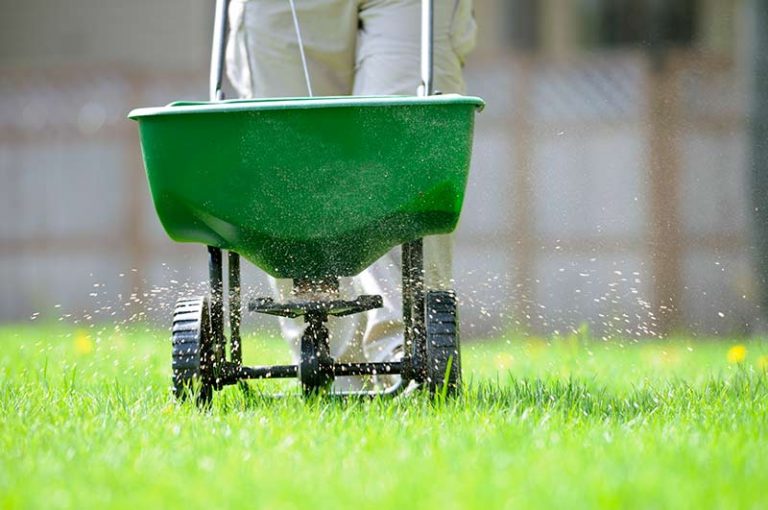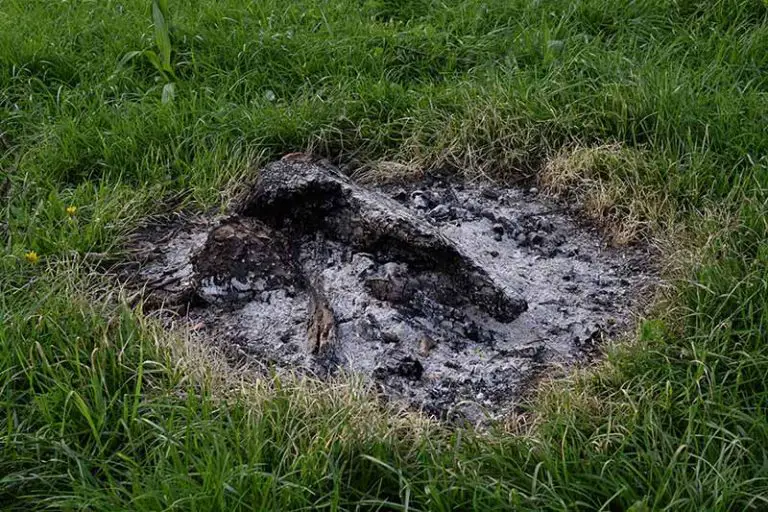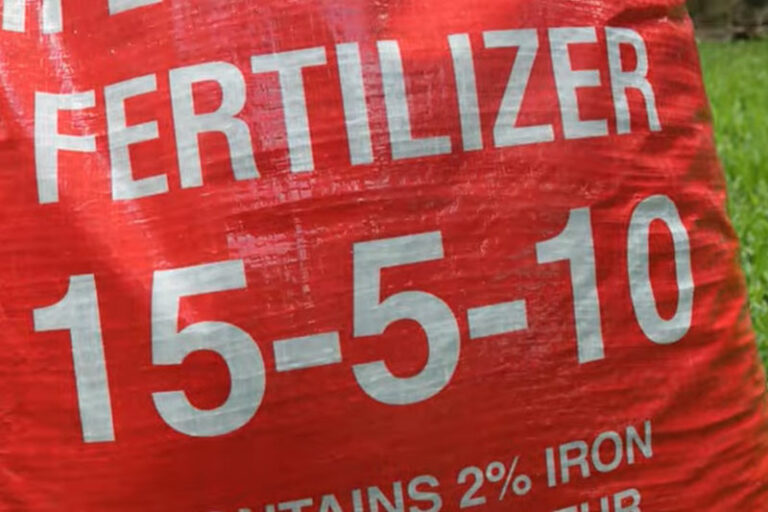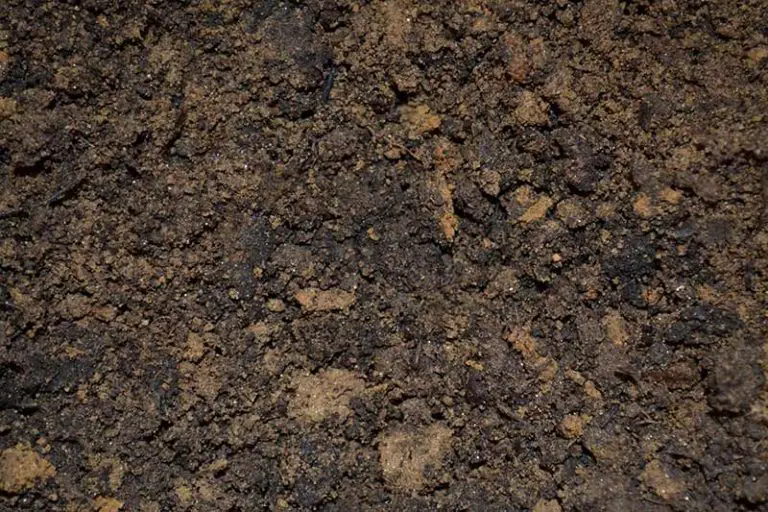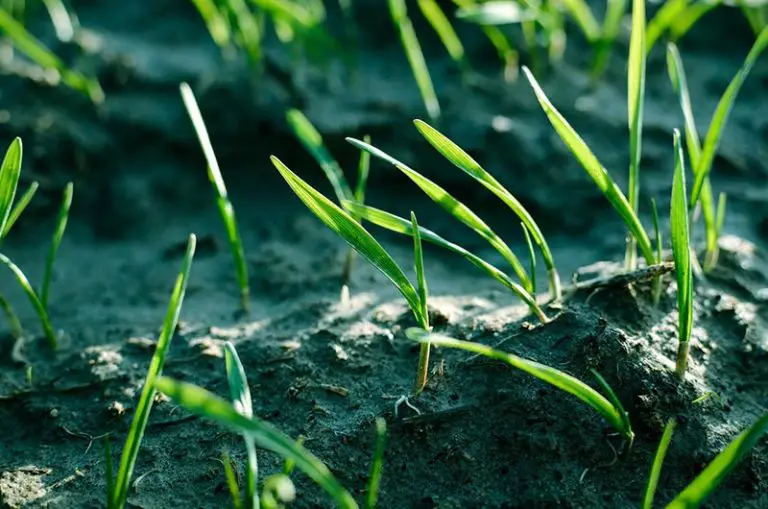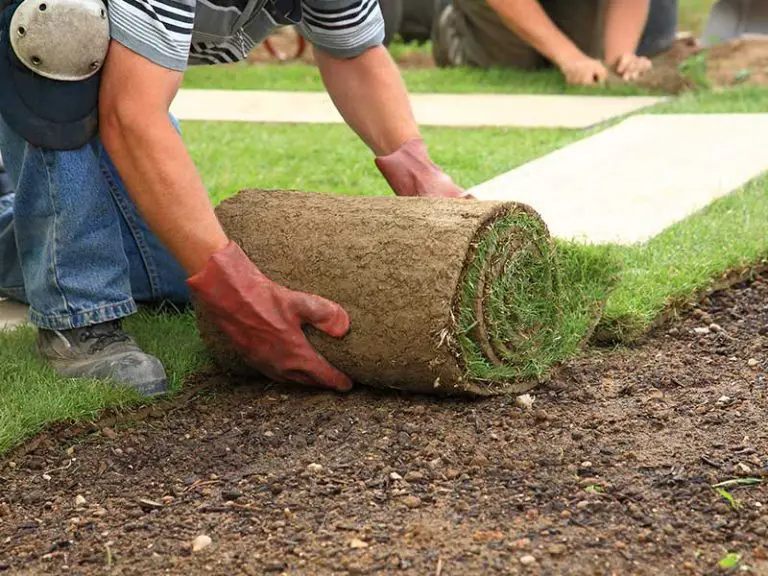How to Add Nitrogen to Soil
Nitrogen is an essential element to all life, and can be found in abundance in the natural environment. It is a vital nutrient needed by plants in order to grow healthy, green foliage and to recover from damage and disease. While we take in nitrogen by breathing it in from the air, plants absorb it from the soil through their roots, where it needs to be readily available in the correct form so that it can be taken up by the plants. Sometimes, soil won’t contain enough naturally occurring nitrogen to support the plant life growing in it, which can be a problem for those trying to grow a lush lawn or garden full of healthy plants.
There are a number of organic and inorganic methods you can use to add nitrogen to soil, including adding fertilizers, composting manure, mulching organic matter, and planting nitrogen-fixing plants and cover crops. Read through our guide to learn more about these methods of adding nitrogen to soil, including some guidance on how to identify and test for low nitrogen levels in your lawn.
Why Do Plants Need Nitrogen in Soil?
Nitrogen is a vital nutrient for all plants, including grass. Nitrogen is what gives the stems and leaves of grass and other plants their vibrant green color; it’s an essential element of chlorophyll, the green pigment that plants use in photosynthesis through which they produce energy and feed themselves. Without sufficient amounts of nitrogen, plants are unable to produce enough chlorophyll, which prevents them from growing tall stems and strong foliage. Plants suffering from a deficiency in nitrogen will grow undersized fruits or seeds, have a disproportionate ratio of root to stem, and be weak, brittle, and off in color. For grass plants, this means that the blades will be narrower, shorter, and dull in color, as well as being weaker and more susceptible to the effects of disease, drought, and heat stress.
Another essential function of nitrogen in plants is the key role that it plays in their metabolic processes. When plants are growing in soil with a low availability of nitrogen, it inhibits their ability to grow and to regenerate the cells it needs to recover from damage caused by disease or injury. The nitrogen in the soil needs to be in a non-gaseous form such as nitrate or ammonium, although plants are sometimes able to absorb it through rainfall. Once it has been taken in by the grass plant, it is used for a range of basic processes, including the creation of amino acids, DNA and RNA cells that they need to replicate, and the proteins they use for energy. Without nitrogen, the plants are simply unable to make their own cells.
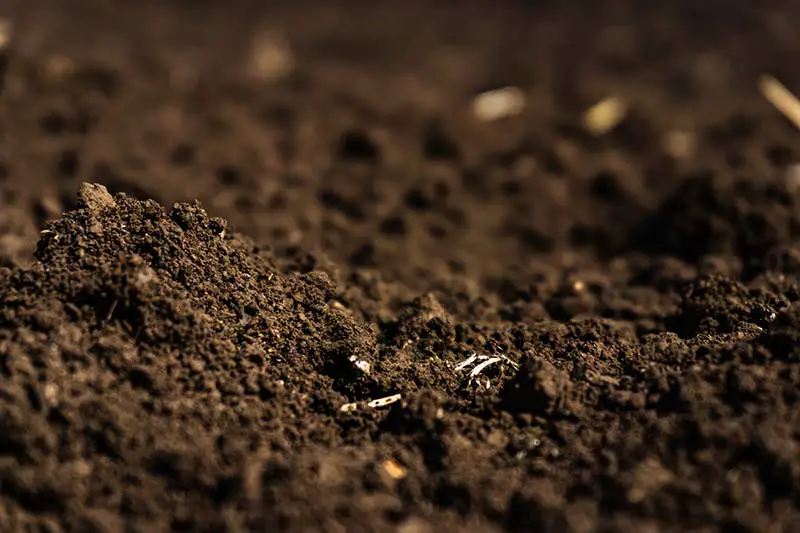
What are the Signs of a Deficiency of Nitrogen in Grass?
Off Color Grass Blades
Grass deficient in nitrogen will be off-color. Rather than having dark green blades with a deep color, the blades will appear yellow, orange, or brown. This is because nitrogen is necessary for chlorophyll production, and chlorophyll is what gives grass its green color.
Stunted Growth of Grass Plants
When growing in low nitrogen soil, grass plants will be shorter than usual. You may find yourself mowing less frequently than usual, as the grass plants aren’t gaining height as quickly as they should. Looking closely at the individual grass blades, they may be unusually shaped and appear to curl in on themselves. Without nitrogen, the grass plants are unable to create new cells thus causing the blades to have stunted and irregular growth. There are a number of factors that can affect how long it takes grass to grow, such as the climate and time of year, but nitrogen is one of the most crucial components and so stunted growth is a telltale sign that your soil is lacking this nutrient.
Slow Recovery From Stress
Grass growing in low nitrogen soil will be more susceptible to disease, and will take longer to recover from the stress it causes. It will also have a harder time recovering from the stress of foot traffic, environmental changes, drought, and heat. This is because plants need nitrogen to be able to regenerate their own cells.
Patchy Uneven Lawn
Looking at your lawn as a whole, the grass will appear patchy, uneven, and less lush than it should if the soil is low in nitrogen. Without nitrogen, not only will the grass blades be stunted in height, but the density and thickness of the blades will also be affected, causing the lawn to appear thin and uneven in places. Bunch type grasses will grow less dense as they should, while creeping grasses may have a harder time covering the lawn evenly and fully.
How to Test Level of Nitrogen in Soil
The only way to find out the exact amount of nitrogen present in your lawn is to test the soil, either by using an at-home soil testing kit like this easy-to-use Luster Leaf Rapitest Soil Test Kit, or by sending it off to your local extension office to be tested in a laboratory. At-home soil testing kits enable you to find out basic information about the presence of several key nutrients, in addition to the soil’s pH level. They can be easily purchased from garden supply stores, and will give you a fair idea of the amount of nitrogen in your soil.
Alternatively, you can find out much more detailed information about the state of your soil by sending it to a professional lab to be tested. This will cost either a very small fee or nothing at all, and will provide you with a lot more details on any other deficiencies your soil may be suffering from.
How to Add Nitrogen to Soil
Spread Fertilizer
Spreading fertilizer is the most obvious solution to add nitrogen to soil. When selecting the best fertilizer, you should choose one that has the ideal NPK value for the nutrients your soil is currently lacking in, as per the results of your soil test. If you’re unsure what an NPK value is, it’s the figure found on the label of fertilizer packaging which tells you the amount of nitrogen (N), phosphorus (P), and potassium (K) present in that particular fertilizer. It will appear as something like 10-10-10, with the first number indicating the amount of nitrogen.
You have the choice of using either a synthetic fertilizer or an organic fertilizer.
Synthetic Fertilizers
Synthetic fertilizers are chemical mixtures designed to provide plants with nutrients almost instantly; they are in a format that can be readily absorbed by the plants, making them ideal for lawns in need of a quick fix. While these fertilizers work fast, the high concentration of nutrients can damage plants if the fertilizer is over-applied. Our favorite high-nitrogen synthetic fertilizer is the Maximum Green & Growth Lawn Food, which has been formulated to act as both a slow and quick-release fertilizer.
Organic Fertilizers
Organic fertilizers are made from organic matter, and work differently by decomposing and gradually enriching the soil. They take a longer amount of time to have an effect, however, they continue to enrich the soil with nutrients long after they have been applied. This SoilMoist NitroGreen Organic Fertilizer is 100% organic and plant-based and has an NPK makeup of 13-0-0, meaning it will give your soil a good boost of nitrogen without burning the grass.
Spread Blood Meal or Alfalfa Meal
You can spread blood meal or alfalfa meal to quickly add nitrogen to soil.
Blood Meal
Blood meal is a powder made from the dried blood of animals. As it is a slaughterhouse by-product, blood meal is an organic fertilizer that is typically made from cow’s blood, and occasionally that of hogs. It’s extremely high in nitrogen, and also contains amounts of phosphorus and potassium. In addition to adding nitrogen to soil, blood meal can also be used to deter certain animals from your yard, as it has been known to repel deers, moles, and squirrels. Take care to use blood meal as a fertilizer in moderation, as the high concentration of nitrogen can burn or kill off plants entirely. This Organic Blood Meal from Nature’s Care will provide your lawn with a good boost of nitrogen.
Alfalfa Meal
Alfalfa meal is a good alternative for anyone who isn’t comfortable using blood meal. It’s another organic fertilizer made from fermented alfalfa plant seeds which have been dehydrated and ground, and you can usually purchase high quantities of it at a relatively low cost. While it doesn’t have as high a concentration of nitrogen as blood meal, it will still provide the soil with a good amount of the nutrient and improve the condition of the soil by gradually releasing organic matter.
Spread Manure
Animal waste is very high in nitrogen, making it an effective fertilizer for nitrogen-deficient soil. You should avoid using dog or cat waste, and instead use one of the most popular and nitrogen-rich types of manure listed below.
Poultry Manure
Manure that comes from poultry such as chickens, turkeys, or ducks contains the highest amount of nitrogen relative to manure from other types of livestock, and also has the fastest release of the nutrient. Applications of poultry manure need to be higher in frequency but lower in quantity to maintain nitrogen availability in the soil. It’s also important to apply this manure in lower amounts due to its high concentration of nitrogen, as it can burn grass and other plants if overapplied.
Other Livestock Manures
Manures from other types of livestock contain relatively lesser amounts of nitrogen, but can still be used as an effective fertilizer to add nitrogen to soil. This includes hog, steer, sheep, dairy, and horse manure. These manures will need to be applied in much higher quantities than poultry manure as they have a lower percentage of nitrogen. However, they have a more gradual release of the nutrient, which enables the manure to continue to fertilize the soil with nitrogen for a longer period of time.
Bat Guano
Bat waste or ‘guano’ is commonly used as a fast-release nitrogen-boosting fertilizer. It is a great all-round fertilizer as it is fast-release and has little odor, and works to condition the soil as well as improving its drainage and texture. Typically, bat guano has an NPK of 10-3-1, meaning that it contains 3 percent phosphorus and 1 percent potassium, in addition to 10 percent nitrogen. It can be used in either a fresh or dried form, and is applied in smaller quantities relative to other types of manure.
Worm Castings
Worm castings are another organic source of nitrogen. They have a neutral pH of 7.0 and a lower concentration of nitrogen as other types of manure, meaning that there is less risk of burning plants. As the worms eat and digest organic matter, they refine the matter so that the nutrients, minerals, and trace elements become reduced down to their most usable form.
Due to the mucous that the worms secrete as they digest food, the nitrogen in their castings will gradually enrich the soil as it acts as a slow-release fertilizer. Worm castings also have numerous other benefits, including making the soil more absorbent, introducing beneficial microbes and bacteria into the soil, aiding nutrient absorption, and removing heavy metals and toxins from the soil. You can buy packaged worm castings, or produce them at home using a process known as vermicomposting or vermiculture.
Animal waste is so high in nitrogen that it shouldn’t be added directly to the soil, otherwise you risk burning any plants growing in it. You can use one of the two following methods to spread the manure safely: either by composting it or making a manure tea.
Manure Tea
You can make a manure tea by placing the manure in a bucket, then filling up the bucket with water. Further dilute the mixture and then add it throughout your lawn to give your soil a boost of nitrogen with your manure of choice.
Composting the Manure
To compost the manure, add it to a compost bin along with food waste and/or other waste from the garden. We have gone into more detail about composting in the next section.
Spread Compost
Compost is used as an organic amendment to add nitrogen to soil, along with a range of other essential nutrients. This is more of a long-term solution of adding nitrogen to soil, as it takes time for the compost to break down and provide the soil with a gradual but consistent supply of these nutrients. Not only does compost help to enrich the soil long-term, but it also helps plants to retain moisture and be more resistant to pests and disease, and encourages the presence of healthy bacteria and fungi.
There are two main methods of creating your own organic compost at home – either cold composting or hot composting. See our extensive guide on How to Compost to learn more about the methods that you can use to make compost at home.
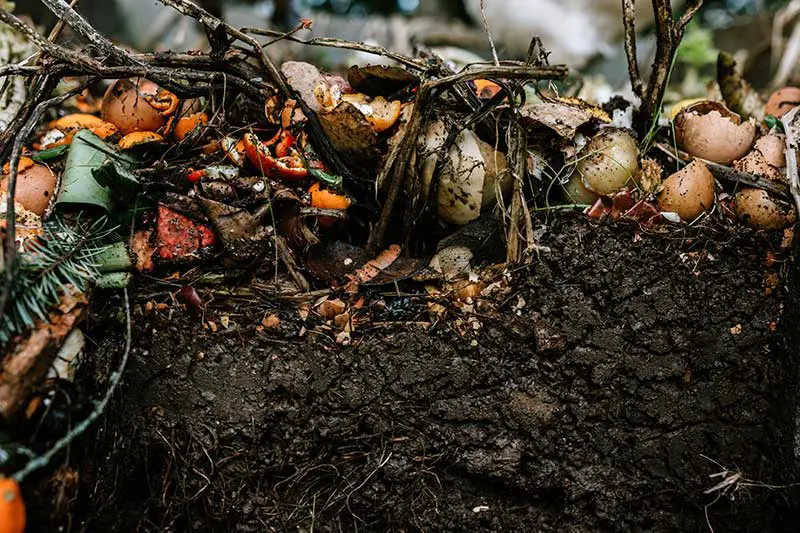
Cold Composting
Cold composting involves collecting waste from the yard or organic waste from the kitchen such as fruit and vegetable peels, leftover coffee grounds and filters, and eggshells, and then placing them into a compost pile or bin. Over the course of about a year, the different materials will decompose and create usable compost.
Hot Composting
Hot composting on the other hand necessitates that you take a more active role in the process, but it’s a much faster method of producing compost. This method requires four ingredients, being nitrogen, carbon, air, and water. This combination of ingredients speeds up the process of decay by feeding microorganisms, leaving you usable compost after about one to three months if carried out during periods of hot weather.
Spread Fish Emulsion
Fish emulsion is an organic fertilizer made out of fish manure and by-products. It acts as a mild fertilizer, having an NPK ratio of around 5-1-1, which adds nitrogen to soil without burning plants. It also contains a number of other macronutrients, including calcium, magnesium, sodium, sulphur, and chlorine.
Store-Bought Fish Emulsion
You can purchase fish emulsion in a concentrated form from most garden centers. To apply the fish emulsion, mix it with water in a ratio of 2 to 3 tablespoons per gallon, or in the ratio stated on the packaging. This mixture can then be poured onto the soil that you want to give a boost of nitrogen to.
Fish Tank Water
If you have a fish tank, save the water that’s leftover when you change it out. This water is filled with nitrogen-rich fish droppings and essentially functions as a less concentrated form of fish emulsion. Pour the water directly onto the soil you want to add nitrogen to, as the nutrient will be instantly available to the plants growing in it. Avoid using this method if you have treated the fish or tank with antibiotics or other medicines, as this could kill off any surrounding plants.
Drop Grass Clippings and Leaves
Grass clippings and leaves left purposefully on the lawn can act as an all-natural organic fertilizer and mulch. When the clippings and leaves start to decompose, they leech nitrogen back into the soil. Each time you mow, let the grass clippings fall on your lawn – as long as the individual clippings aren’t any longer than an inch. You could also take some of the clippings and sprinkle them around the rest of your garden – we have gone through the many ways you can repurpose your grass clippings in more detail in our article What to Do With Grass Clippings. Also, in fall, you can create an instant leaf mulch by mowing over leaves with your lawnmower.
Do Chop-and-Drop Mulching
Chop-and-drop mulching is an alternative method to creating and spreading your own compost which can be utilized to add nitrogen to your soil. This is a process of composting directly on the soil’s surface, carried out by pruning branches, leaves, and plants, then placing these cuttings on the soil and leaving them there to decompose. The ideal time of year to try chop-and-drop mulching is whenever your area goes through the heaviest period of rainfall, as the added moisture helps to keep the mulch in place while speeding up the decomposition process. When trying to add nitrogen to soil, the best types of plants to be mulched are those described as ‘nitrogen-fixing’, a term which we have explained in more detail in the next section.
Plant Nitrogen-Fixing Plants
Some plants are referred to as nitrogen-fixing, as instead of taking nitrogen from the soil as they grow, they actually fix the nutrient themselves. While most plants require the nitrogen to be abundantly present in the soil to use the nutrient, nitrogen-fixing plants are able to draw it in from the air and store it at their roots with the help of a bacteria called Rhizobium. This bacteria manifests itself onto nitrogen-fixing plants and works symbiotically with the plant to draw in nitrogen from the air. The bacteria then converts the gas into a usable form of nitrogen which gets stored at the roots of the plant in a ‘nitrogen nodule’. The most commonly used plants for this purpose are legumes such as peas and beans.
Plant Cover Crops
Another category of plants that add nitrogen to soil are what’s known as cover crops, which work the same way as nitrogen-fixing plants to increase the amount of usable nitrogen in the soil. These crops are a good alternative to nitrogen-fixing plants if you’re trying to increase the nitrogen in a lawn rather than a garden, as they can be grown alongside grass. In addition to fixing nitrogen, cover crops prevent soil erosion, break up soil compaction, and reduce weed growth. Popular cover crops to increase nitrogen include rye and oat grasses, buckwheat, and clover.
In the case that you end up adding too much nitrogen to your soil after amending it for a nitrogen deficiency, follow the advice in our guide Signs of Too Much Nitrogen in Lawn.


